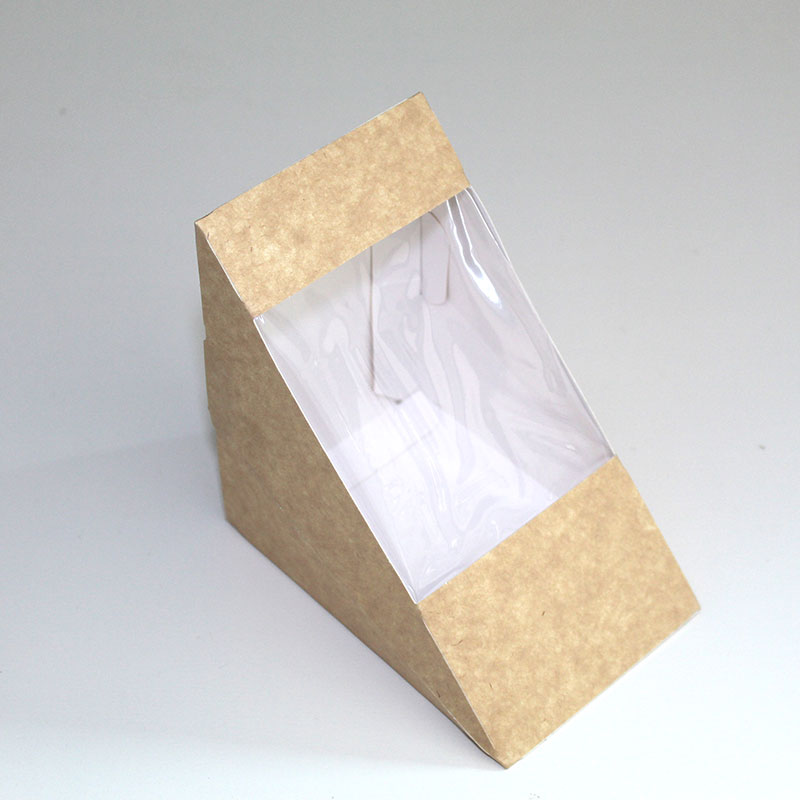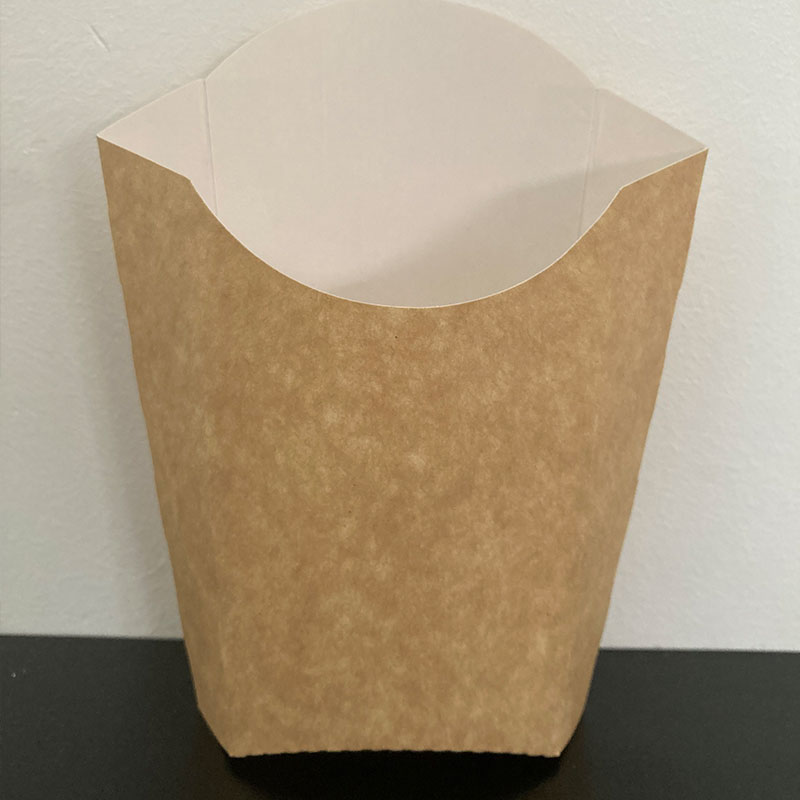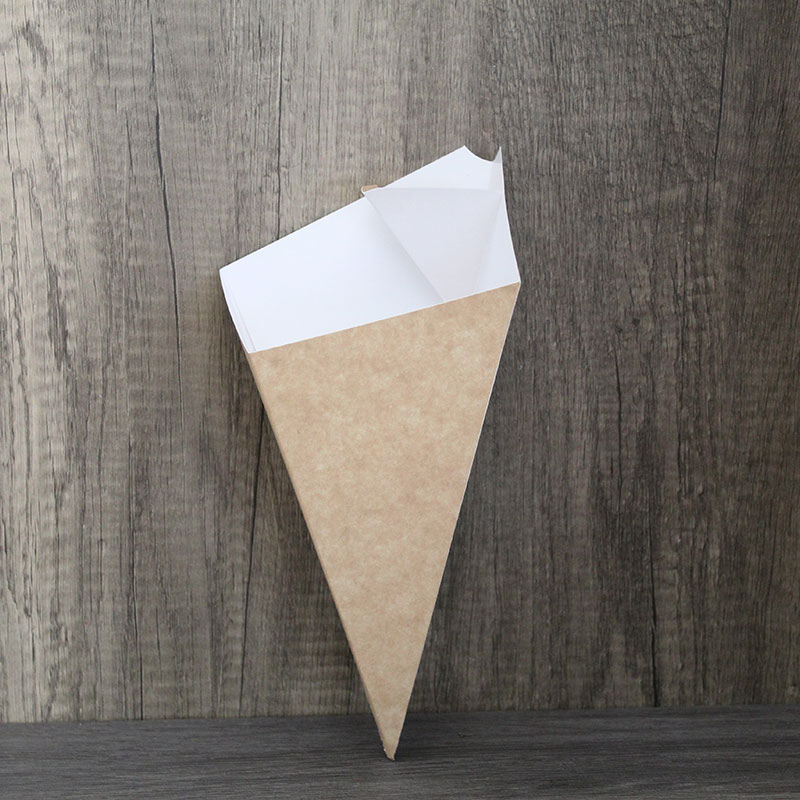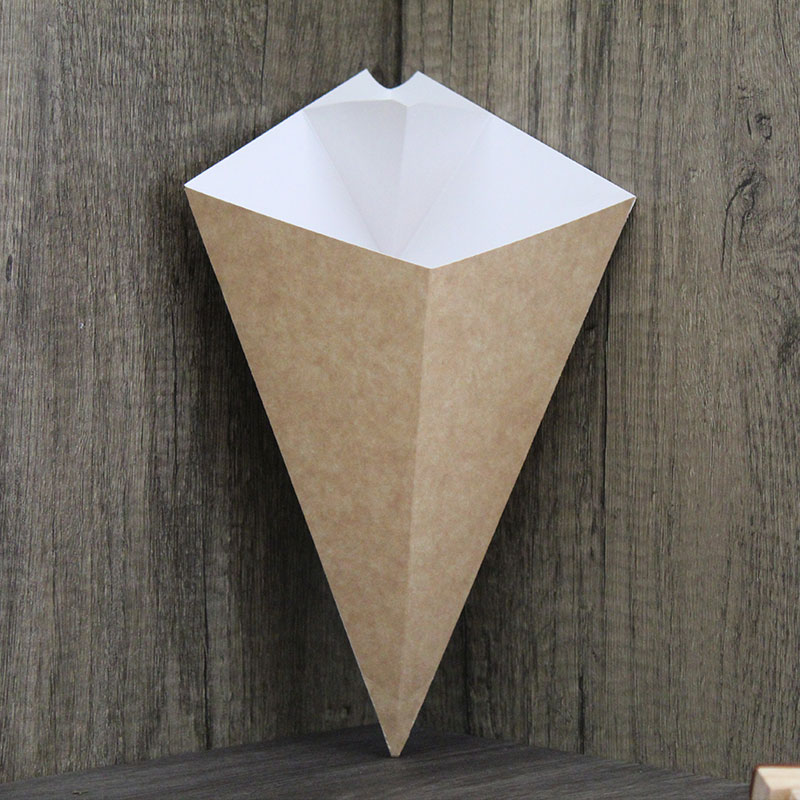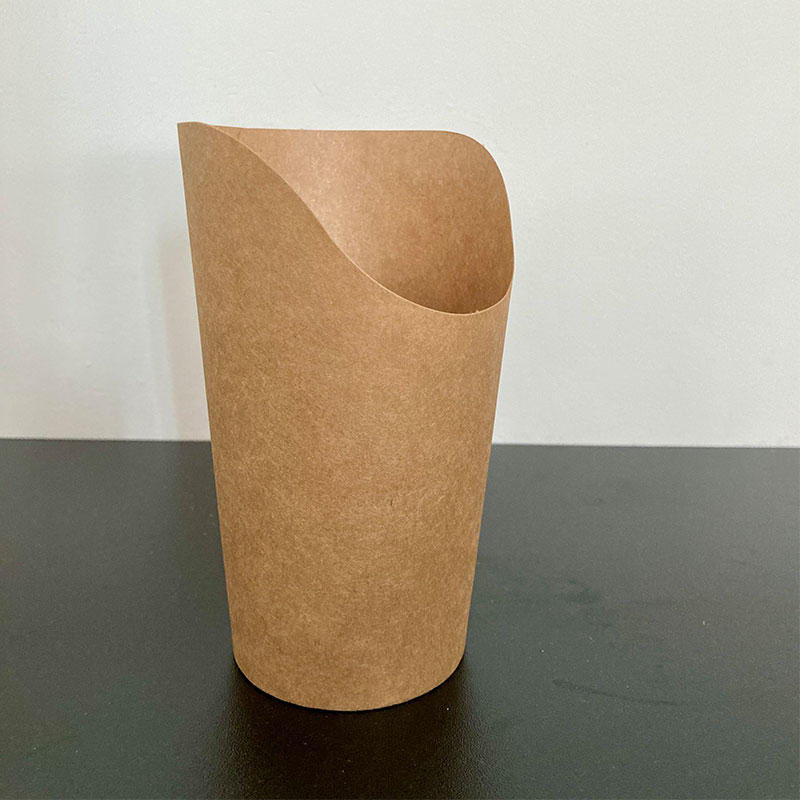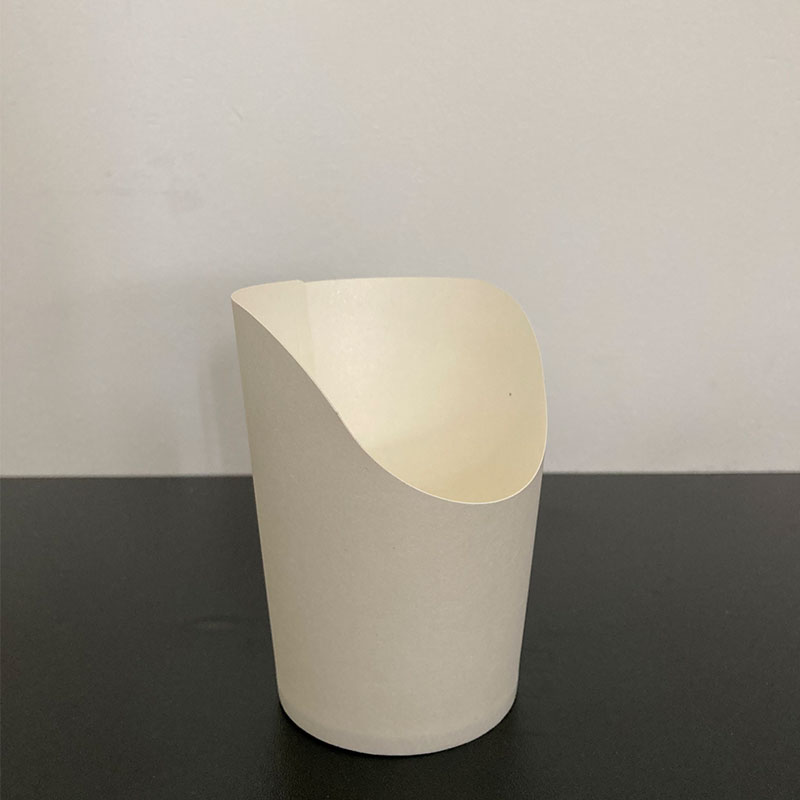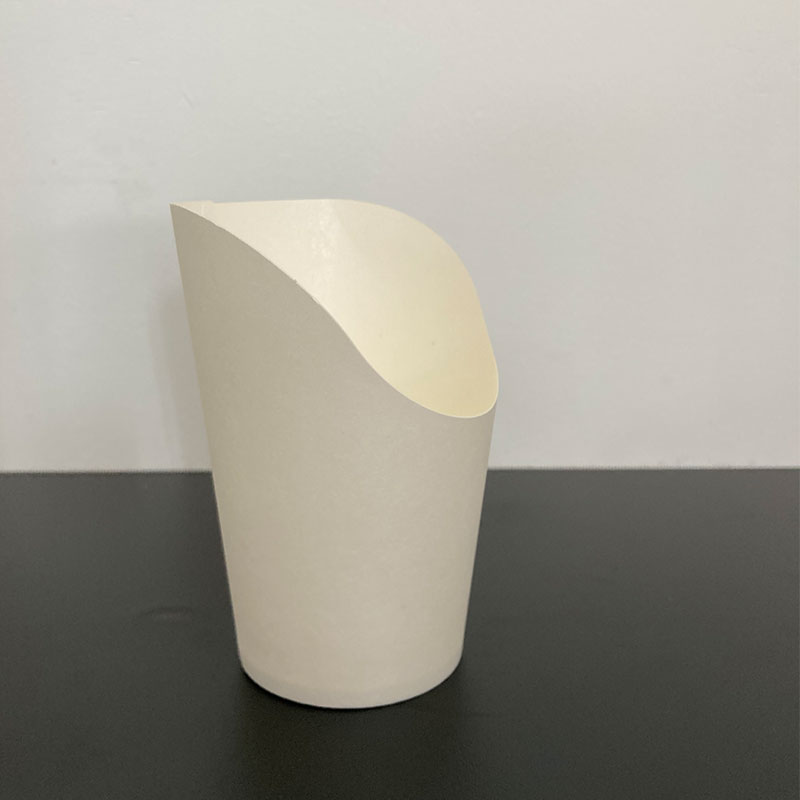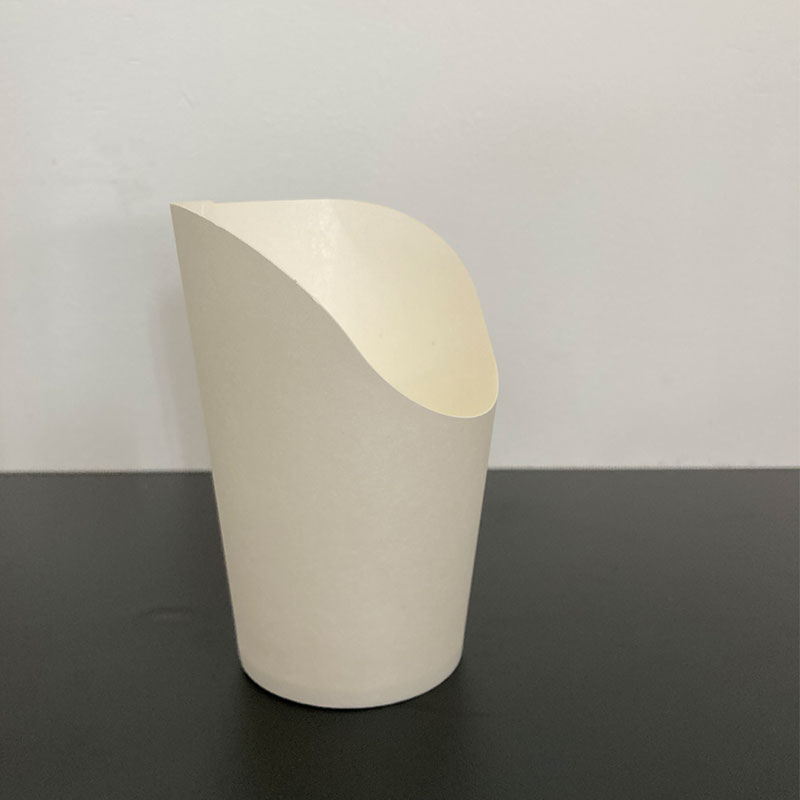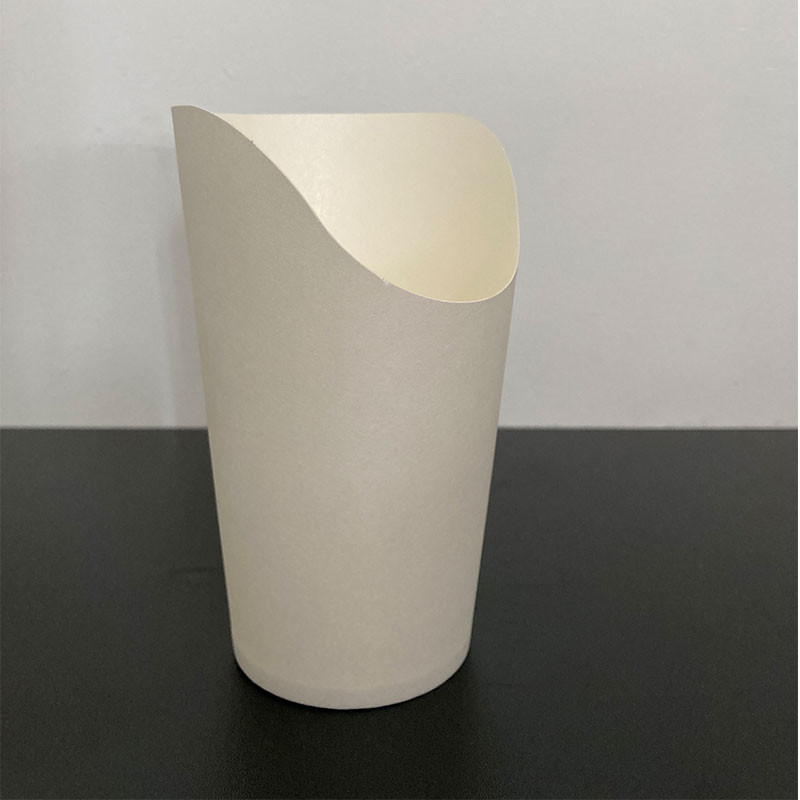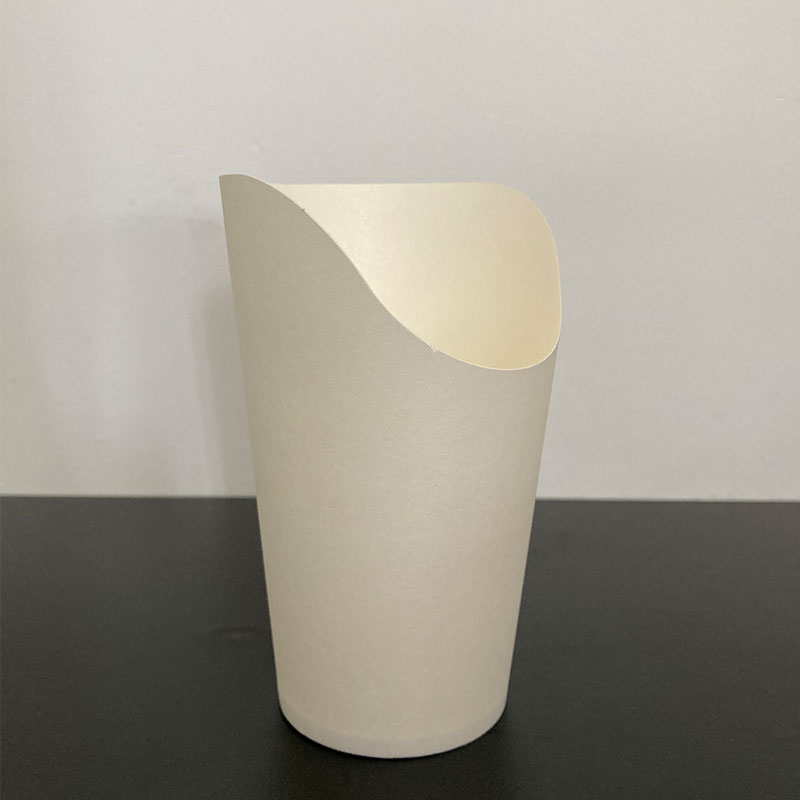French Fries Sandwich Boxes and Wraps
Sourcing Guide for Sandwich
1. Identify Your Needs
- Size & Shape: Consider the size and shape of your sandwich packaging. You might need different dimensions to cater to various sandwich types.
2. Material
- FSC Certified Raw Materials: Align your brand with manufacturers that use FSC certified materials, showcasing a commitment to sustainability, like that demonstrated by the esteemed ColinPak.
- Corrugated Materials: Consider corrugated materials for robust and sustainable options.
3. Supplier Research
- Expertise: Look for manufacturers with a history of excellence in the packaging industry. Suppliers such as ColinPak, with their dedicated factory Filinpack in Ningbo, China, stand as a testament to expertise in the field.
- Customization: Explore manufacturers offering customization options, allowing for branding opportunities that resonate with your audience.
4. Product Variety
- Comprehensive Range: Align with suppliers who have a broad product range, catering to various food items, not just sandwiches, giving you the flexibility to expand your product line seamlessly in the future.
- Innovation: Opt for suppliers continually innovating their product line, staying ahead of industry trends and customer preferences.
5. Samples and Prototypes
- Samples: Before bulk ordering, ask for samples to test the quality and suitability of the packaging for your products.
- Prototypes: If opting for custom designs, working with manufacturers who can provide prototypes would be beneficial, facilitating a tangible sense of the final product.
6. Sustainability
- Eco-friendly: Given the increasing focus on sustainability, opt for eco-friendly options that align with modern consumer expectations.
- Certifications: Ensure the manufacturers hold relevant certifications, highlighting their commitment to sustainable practices.
7. Finalize Partnership
- Reliability and Reputation: Evaluate potential partners based on their reliability and market reputation.
- Flexibility: Opt for manufacturers who exhibit flexibility in meeting your unique demands, akin to the service provided by ColinPak.
8. Logistics
- Logistics: Scrutinize the logistic capabilities of the potential manufacturers, ensuring a smooth supply chain.
9. Custom Printing Options
- Branding: Leverage custom printing options to foster brand recognition and loyalty among your consumer base.
- Collaborative Approach: Collaborate with suppliers who adopt a cooperative approach to bring your vision to life, like the experts at ColinPak.
What are the different types of sandwich boxes?
1. Paperboard Boxes
- Description: Made from a lightweight yet sturdy material, these are perfect for a wide range of sandwiches.
- Usage: Best suited for cold sandwiches, wraps, and subs.
- Customization: Available in a range of custom prints and sizes.
2. Corrugated Boxes
- Description: These boxes offer a greater degree of insulation and protection.
- Usage: Ideal for hefty sandwiches with multiple layers and hot sandwiches.
- Customization: Can be crafted with various thickness levels and with branded prints.
3. Plastic Boxes
- Description: Though less eco-friendly, these boxes offer a clear view of the sandwich inside, which can be quite enticing.
- Usage: Generally used for deluxe sandwiches to showcase the premium ingredients.
- Customization: Can come in various shapes and designs, albeit with a higher carbon footprint.
4. Kraft Paper Boxes
- Description: Made from Kraft paper, these boxes are biodegradable and compostable, offering an eco-friendly choice.
- Usage: Suitable for a range of sandwiches, especially for brands promoting a green initiative.
- Customization: Available with a range of custom printing options, showcasing brand logos or other creative designs in a sustainable manner.
5. Windowed Boxes
- Description: These boxes come with a small window, often made of biodegradable plastic, allowing a sneak-peek into the contents.
- Usage: Great for sandwiches that have a visual appeal and to showcase the freshness of the ingredients.
- Customization: The window can be crafted in various shapes and sizes, aligning with the brand theme.
6. Clamshell Boxes
- Description: Clamshell boxes open and close with a hinged mechanism, offering a secure and neat packaging solution.
- Usage: Perfect for burgers and sandwiches that require a sturdy packaging solution.
- Customization: Can be crafted in various materials including paperboard and plastic, with options for branded prints.
7. Compartmentalized Boxes
- Description: These boxes come with separate compartments for sandwiches and accompanying sides or sauces.
- Usage: Ideal for meal boxes that include a sandwich along with sides such as fries or salads.
- Customization: Can be designed with various compartment sizes to fit different meal combinations.
How to use sandwich boxes?
1. Preparing the Box
-
Unfolding and Shaping: Begin by unfolding and giving shape to the flat sandwich box, ensuring it attains its designated form to hold the sandwich securely.
-
Inspection: Before placing the sandwich, inspect the box for any defects or damages to ensure optimal presentation and safety.
2. Placing the Sandwich
-
Orientation: Place the sandwich with the right orientation to maintain its structure, ideally with the flatter side at the bottom.
-
Dividers: If the box contains dividers, utilize them to separate different sandwich portions or to keep accompaniments like sauces or dips.
3. Adding Accompaniments
-
Side Dishes: If the sandwich box allows, add side dishes like chips or salads in separate compartments to create a wholesome meal package.
-
Sauces and Condiments: If your sandwich box has small compartments, use them to include sauces and condiments without messing the main sandwich area.
4. Closing the Box
-
Secure Closure: Ensure a secure closure to prevent any spillage during transit. Utilize any locking tabs or features of the box for a tight seal.
-
Ventilation: If the box features ventilation holes, ensure they are not obstructed to maintain the freshness of the sandwich.
5. Customization and Branding
-
Stickers and Labels: Use the exterior surface of the box to adhere stickers or labels that showcase your brand, ingredients, or fun messages to engage the customers.
-
Stamping: Employ stamps with your brand logo to create a personalized touch and foster brand recall.
6. Serving
-
Easy Opening: Ensure that the box opens easily without causing any damage to the sandwich, offering a hassle-free unboxing experience to the customers.
-
Presentation: Upon opening, the sandwich should be presented well, appealing to the visual senses and encouraging the eater to dive in.
7. Disposal
-
Recyclable: Encourage customers to recycle the box if it is made from recyclable materials, promoting a sustainable dining culture.
-
Eco-friendly: If you’re partnering with a responsible supplier such as ColinPak, the boxes would be eco-friendly, offering customers a guilt-free disposal option.
8. Feedback and Reviews
-
Feedback: Encourage customers to leave feedback on the packaging, fostering a community and iterative improvements.
-
Social Media: Encourage users to share their unboxing experiences on social media, creating a buzz and enhancing your brand’s visibility.

